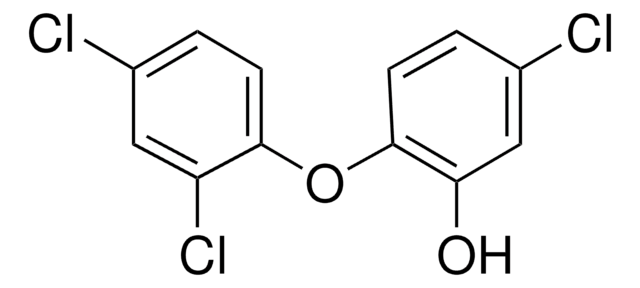おすすめの製品
品質水準
アッセイ
99%
フォーム
powder
mp
114-116 °C (lit.)
SMILES記法
Cc1cc(O)cc(C)c1Cl
InChI
1S/C8H9ClO/c1-5-3-7(10)4-6(2)8(5)9/h3-4,10H,1-2H3
InChI Key
OSDLLIBGSJNGJE-UHFFFAOYSA-N
類似した製品をお探しですか? 訪問 製品比較ガイド
関連するカテゴリー
アプリケーション
- Synthesis and Spectroanalytical Studies of a New Azodye Derived From 2-Amino-6-ethoxybenzothiazole and 4-Chloro-3,5-dimethylphenol: Discusses the synthesis and characterization of a new azo dye derived from 4-chloro-3,5-dimethylphenol, highlighting its potential applications in dyeing and pigments (AA Ali, 2017).
- Crystal structure of the co-crystalline adduct 1, 3, 6, 8-tetraazatricyclo dodecane (TATD)–4-chloro-3,5-dimethylphenol (1/1): This paper details the crystal structure of a complex formed with 4-chloro-3,5-dimethylphenol, providing insights into its structural properties (A Rivera et al., 2015).
シグナルワード
Warning
危険有害性情報
危険有害性の分類
Acute Tox. 4 Oral - Eye Irrit. 2 - Skin Irrit. 2 - Skin Sens. 1
保管分類コード
11 - Combustible Solids
WGK
WGK 1
個人用保護具 (PPE)
dust mask type N95 (US), Eyeshields, Faceshields, Gloves
適用法令
試験研究用途を考慮した関連法令を主に挙げております。化学物質以外については、一部の情報のみ提供しています。 製品を安全かつ合法的に使用することは、使用者の義務です。最新情報により修正される場合があります。WEBの反映には時間を要することがあるため、適宜SDSをご参照ください。
Jan Code
C38303-BULK:
C38303-500G:
C38303-VAR:
C38303-100G:
C38303-5G:
この製品を見ている人はこちらもチェック
R O Darouiche et al.
Clinical microbiology and infection : the official publication of the European Society of Clinical Microbiology and Infectious Diseases, 12(4), 397-399 (2006-03-10)
The in-vitro and in-vivo efficacy against Candida albicans and Candida krusei of devices impregnated with chlorhexidine and chloroxylenol was examined. The impregnated devices produced large zones of inhibition against both organisms (mean size, 39 mm and 38 mm, respectively). In
S Messager et al.
Journal of applied microbiology, 97(6), 1149-1160 (2004-11-18)
To determine bacterial survival on human skin and their sensitivity to antisepsis. An 'ex vivo' protocol which uses human skin samples placed into diffusion cells, and electron microscopy (EM), were used to study the growth of Staphylococcus aureus, Escherichia coli
Marcel Skoumal et al.
Chemosphere, 71(9), 1718-1729 (2008-02-12)
Electrochemical advanced oxidation processes (EAOPs) are environmentally friendly methods based on the destruction of organic pollutants in wastewaters with in situ electrogenerated hydroxyl radical. This species is formed in anodic oxidation (AO) from water oxidation at the anode and in
Tetsuo Yamano et al.
Toxicology, 190(3), 259-266 (2003-08-21)
p-Chloro-m-cresol (PCMC) and p-chloro-m-xylenol (PCMX) are known to cause allergic contact dermatitis. For risk assessment of skin sensitizers, information on dose-response profiles in the induction and elicitation phases and cross-reactivity with analogous chemicals are important. In the non-radioactive local lymph-node
S Messager et al.
The Journal of hospital infection, 58(2), 115-121 (2004-10-12)
An ex vivo test was adapted to mimic the in vivo conditions of testing antiseptic activity on human forearms and in the European Standard Hygienic Handwash Test (BSEN 1499). The study was to validate the ex vivo protocols using 4.8%
ライフサイエンス、有機合成、材料科学、クロマトグラフィー、分析など、あらゆる分野の研究に経験のあるメンバーがおります。.
製品に関するお問い合わせはこちら(テクニカルサービス)
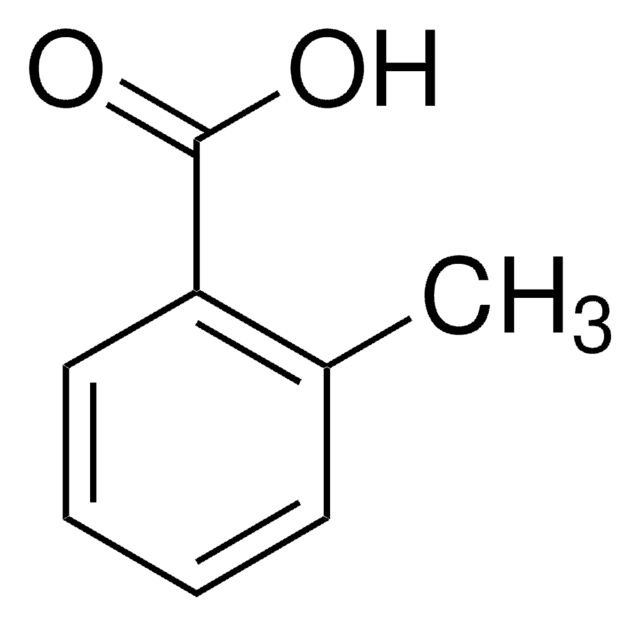
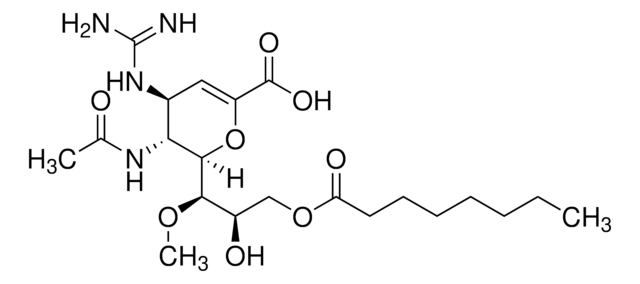

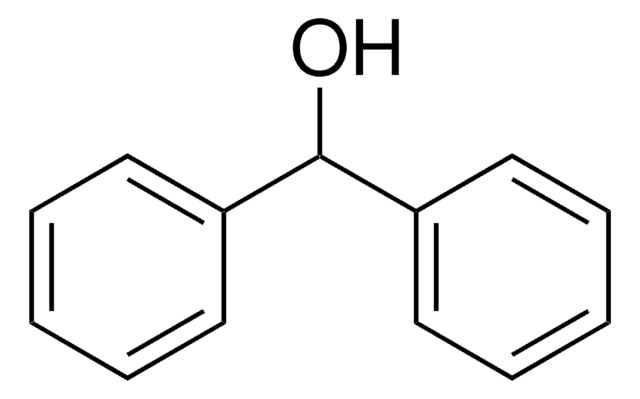
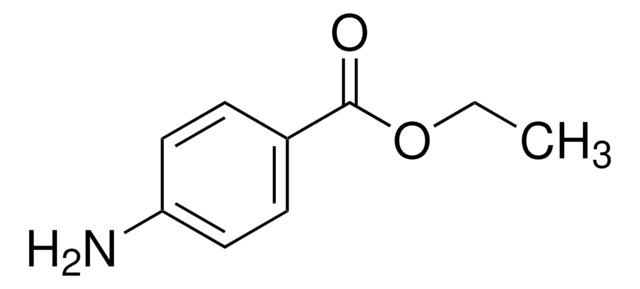

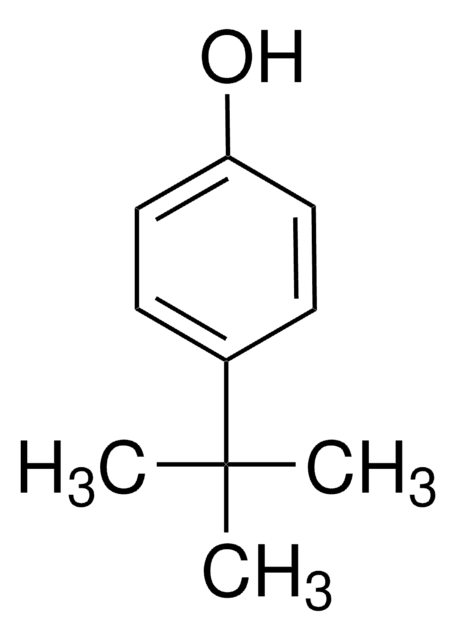

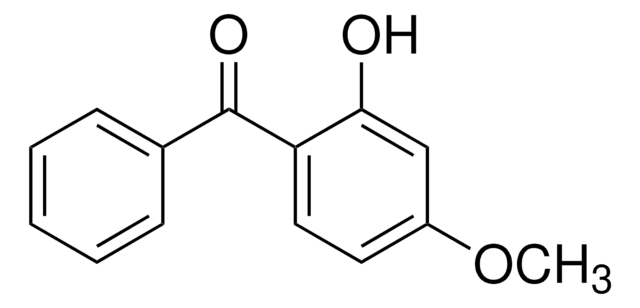
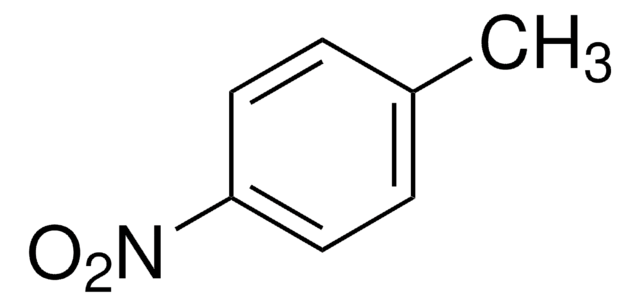
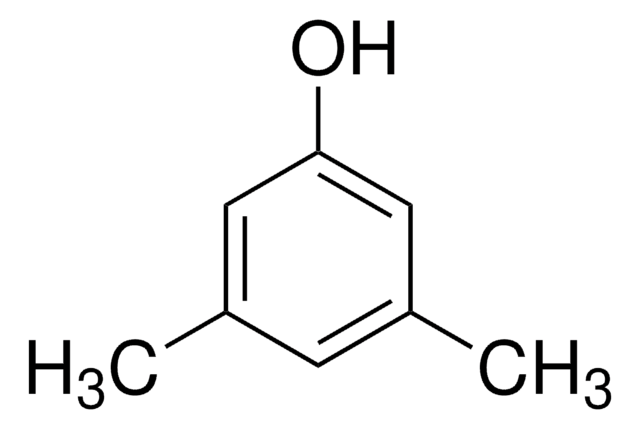
![ポリ[ジメチルシロキサン-co-(3-アミノプロピル)メチルシロキサン] eq. wt. 4,400 Amine](/deepweb/assets/sigmaaldrich/product/structures/427/354/e688e87b-f9db-4070-9e27-fccd23c1dfaa/640/e688e87b-f9db-4070-9e27-fccd23c1dfaa.png)
